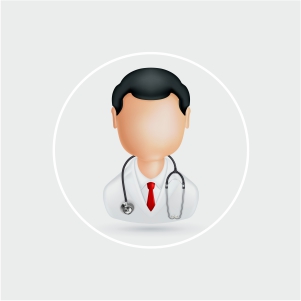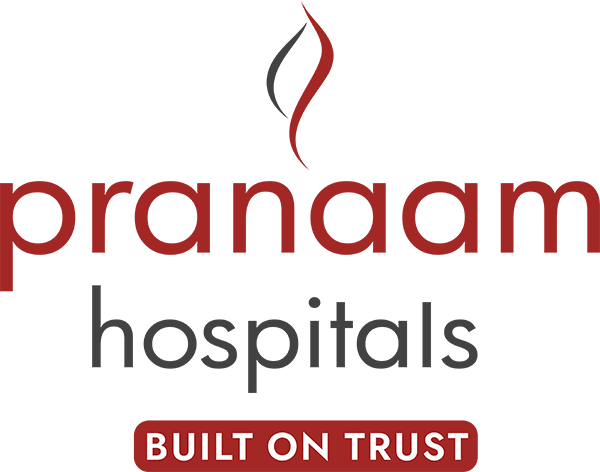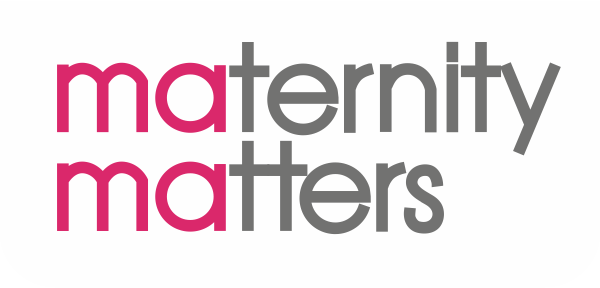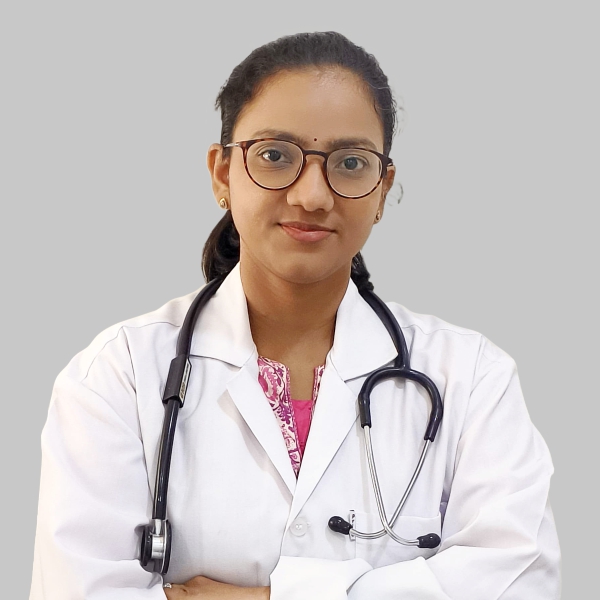Pranaam Hospital > Best ENT Hospitals in Hyderabad
Best ENT Hospital in Hyderabad
Helping you hear, breathe and speak easy again
Helping you hear, breathe
and speak easy again
From small niggles to developmental concerns to surgeries, your child's in the safest of hands.
We’re renowned for our premium quality ENT specialty services that provide care and treatment for problems related to the ears, nose, throat, head and neck. Our facility extends its capabilities even further with research, clinical governance in the field and also provides nursing development with
nurse-led initiatives.
From hearing deficiencies, ear infections, sinus headaches, nasal obstruction, sleep disorders, throat tumours, vocal cord disorders, airway disorders, allergies to head and neck reconstruction, ENT trauma, ear deformities, cleft palates, facial paralysis and more, we employ a range of cutting-edge techniques and resources to help you reclaim your senses, life and peace of mind.
ENT conditions we treat
This encompasses a wide range of methods used to optimise or reclaim a person’s ability to hear. There are several components to this program ranging from hearing-aid fitting, auditory-visual training conversational strategies, environmental training and counselling.
Airway reconstruction also known as laryngotracheal reconstruction is a surgical procedure that is used to remove an obstruction in the windpipe or widen this area if it has been obstructed. It is most often performed on children who have congenital disorders that block the airways but is also performed on adults. Surgical or endoscopic methods can be employed to carry out this procedure. An obstruction in the airway can occur due to a Laryngotracheal tumour, infection or injury to the windpipe. Obstruction of the airway can lead to conditions such as sleep apnea, inability to swallow, hoarse voice, inability to breathe and difficulty eating.
A preferred method by doctors and surgeons to help cure chronic sinusitis when traditional methods have yielded no results. This procedure entails the use of an endoscope with surgical instruments attached to it, allowing the doctor to remove small amounts of bone or other material that is blocking the sinus opening. In some cases, a laser is used to burn away the tissue that is causing the obstruction.
This procedure is performed using a tool known as a flexible bronchoscope, to inspect the lungs and air passages for lung disorders. It is also used to remove mucus in the airways and lungs and lungs, treatment for bleeding, an abnormal narrowing of the airways or a collapsed lung.
Unlike regular hearing aids that boosts sound, a cochlear implant is used for people with severe hearing loss due to the damaged portions of the ear that deliver sound to the auditory (hearing) nerve. These implants use a sound processor which captures signals and sends them to a receiver implanted under the skin behind the ear. This receiver then sends those signals to electrodes implanted within the cochlea in the ear that stimulates the hearing nerve, which sends those signals to the brain interpreting them as sounds.
ENT specialists diagnose and treat various issues regarding the ears, nose, face, lips and neck. Facial plastic surgery under this domain can be of two types – reconstructive and cosmetic. Reconstructive procedures are performed for patients with congenital disorders such as birthmarks, cleft lip and palate, protruding ears and a crooked smile that affect normal functions. Other conditions treated may include surgery for burns, trauma or corrective surgery.
Under cosmetic surgery, procedures are used to enhance the visual appearance of the facial structures and features of a patient. Common procedures may include facelifts, eye lifts, rhinoplasty, chin and cheek implants, liposuction and correcting facial wrinkles.
This procedure is used to repair a common birth defect on infants who are 10-12 months old, where the opening in the upper lip and roof of the mouth (palate). Cleft lips are usually diagnosed during an ultrasound. However, a cleft palate is harder to see until the baby’s born and goes through a newborn exam. If left untreated, this condition causes feeding issues, growth and developmental issues, ear infections and speech impediments.
Bone anchored implants are surgically implanted devices that help with hearing for people with conductive hearing loss or single-sided deafness.
Using these devices, the implant sends sounds as a vibration directly to the best functioning inner for clear and direct hearing.
Middle ear implants on the other hand are suitable for people with mild-moderate sensorineural hearing loss. This implant is considered the best alternative to hearing aids for patients who suffer from outer ear infections, narrow or closed ear canals or malformed ears. This implant has two parts – a surgically implanted part and the external processor. The processor picks up signals and transmits them to a receiver that’s embedded below the skin. This receiver is then attached to either the bones of the middle ear or the membrane window of the cochlea. This implant works by directly moving the bones of the middle ear or by vibrating the membrane window of the cochlea.
There are four different surgeries used to treat middle ear disorders:
- Myringoplasty – used to repair a hole in the eardrum.
- Ossiculoplasty – rectification of the middle ear bones which are responsible for transmitting sound from the eardrum into the inner ear.
- Tympanoplasty – used to repair a hole in the eardrum and treat the small bones in the ear that are crucial for hearing.
- Mastoidectomy – this is a surgical procedure that involves the removal of the flat air cavities in the mastoid bone behind the ear.
This surgical procedure is used to change the shape of the nose to either improve the appearance of the nose or fix breathing difficulties or a combination of both.
While Rhinoplasty helps fix the external deformities of a nose, Septorhinoplasty on the other hand is used to treat physical and respirator deformities from within the inner structures of the nose: operating on the bones and cartilage that give the nose its shape and straightening the septum.
Common sleep disorders such as insomnia, restless legs syndrome, narcolepsy and sleep apnea can affect the quality of your sleep leading to daytime sleepiness or disruption of your daily activities during the day. Sleep disorders can be caused by a multitude of factors including ulcers, asthma, anxiety, depression, genetic, medication etc.
This procedure involves the removal of part or all of the thyroid gland, a gland that is responsible for producing hormones that control metabolism, heart rate, calorie burn etc.
Thyroidectomy is used to treat conditions such as thyroid cancer, goitre, hyperthyroidism and suspicious thyroid nodules.
This is a corrective procedure that treats the weakness of the vocal cords. Patients with vocal cord weakness may experience breathing difficulties, weak voice or speak with considerable effort. This condition also impairs their ability to swallow while eating or drinking causing the patient to cough or choke. The problem can stem from trauma, surgery or viral infection.
This is a surgical procedure performed to remove the tonsils as a result of inflammation, enlarged tonsils, bleeding, treat sleep disorders, deep throat bacterial infection and tonsillar abscess.
This procedure is performed by creating a hole and inserting a tube on the front of the neck and into the windpipe when the patient is unable to breathe on their own due to a blockage in the airways. In the rare event of an emergency, a Tracheostomy is performed when the airway is blocked suddenly from a traumatic injury to the face or neck.
Vocal cord injection otherwise known as injection medialisation laryngoplasty, is a treatment given for children who suffer from vocal cord weakness or weak or soft voice. The injection used adds bulk and brings the vocal cord closer to the center. This procedure also improves the ability to make loud sounds, swallow, cough and strengthens the voice.
Voice therapy is the first line of treatment for patients with dysphonia, a condition that affects speech due to physical disorders in the mouth, tongue, throat or vocal cords. This has been seen to affect both adults and children.
Patients who develop lesions due to intense vocal strain seek this method of treatment, especially the Lee Silverman Voice Therapy method, which allows the patient to moderate their volume, lower energy and rapid-rate voice or speech of individuals with Parkinson’s Disease. Voice therapy is used in conjunction with other medical therapies such as like botulinum toxin injections for spasmodic dysphonia and/or tremour.

There's nothing blissful than hearing a child's laugh or watch them grow right before our eyes. It's another story when their health takes a different turn and our hearts ache while they lay incapacitated with a chronic disease or health condition.
Why Pranaam Hospitals?

Award Winning Care
We’re honoured to be accredited by the NABH and NABL for our team’s exemplary skills and quality care. The people have spoken as well - we’re recognised by patients and professionals alike in the Times of India, too.

Research Backed Treatment
With the constant evolution in medical science, our team of top experts, specialists and surgeons are up to date with the latest techniques and research of treatments that will aid you in living better, wholesome and happier lives.

Best In Class Infrastructure
Housed within our premises is the future of medicine where cutting-edge technologies, state-of-the-art equipment and diagnostic labs converge meeting national and international standards for providing the best health care that you and your family deserve.

Top Specialists
We have the best to give you the best. Pranaam is backed by a renowned team of top specialists in Hyderabad, with both national and international exposure so you can rest assured that you’re in the best hands.











